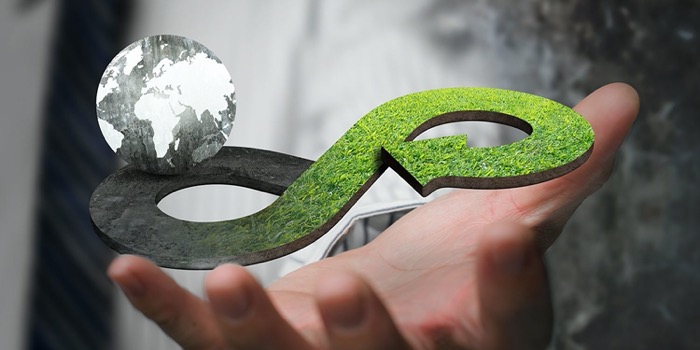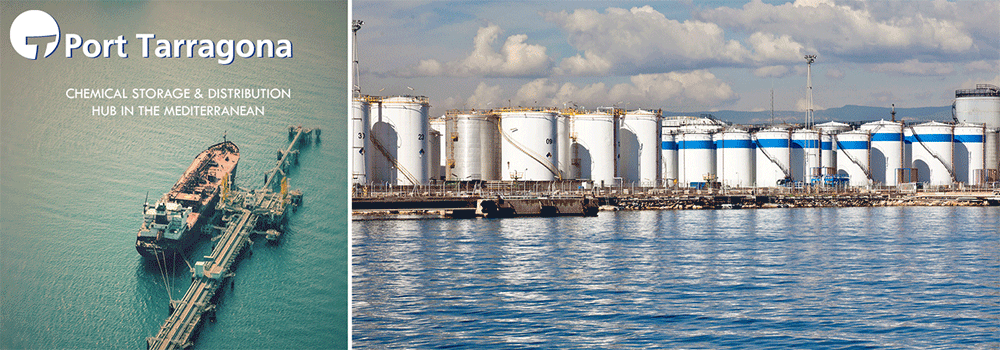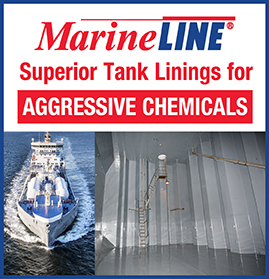Port of Rotterdam in strong position as a future circular hub
In terms of size and strategic location, the Port of Rotterdam is strategically well-positioned to develop into a circular hub. The industry here is a major consumer of raw materials and, like the logistics sector and the surrounding region, it generates a wide variety of waste flows. The beneficial use and recycling of these residual flows fits in with the broader transition to a new system of raw materials and offers Rotterdam new economic and social opportunities.
That is the clear message from the report ‘Rotterdam towards a circular port – a deep dive into Waste-to-Value opportunities’ that has been published by the Port of Rotterdam Authority and Circle Economy. The report maps out the current waste flows in the port, as well as developments at a number of advanced companies in the industry cluster that are already committed to circular activities. The report also provides a picture of the options for developing new circular activities in the port.

In today’s linear global economy, raw materials are transformed into products and what remains is treated as waste. Although most of the industrial waste in the port is recycled or used as fuel, a significant proportion of the waste is still incinerated or sent to landfill.
By creating value from residual flows, Rotterdam can strengthen its position as a circular port and an international Waste-to-Value Port with a leading position in raw material productivity and low-carbon, circular production.
Upscaling
On the road to a circular economy, the Port of Rotterdam Authority focuses at first instance encouraging innovation. This mainly involves attracting new activities and scaling up start-ups: the circular economy is still in the early development stages. In the future, it will be particularly important to introduce technologies that can cope with the large volumes of the Rotterdam region.
Secondly, sorting and recycling are priorities. This is a perfect match because all the links in the chain are present in Rotterdam: from primary plastic producers, transporters, sorters and recyclers to customers for a range of secondary products.
The third focus area is the industrial symbiosis. The concentration of industrial and logistical activities makes it relatively easy for companies to exchange products and residual flows, and also to use shared facilities. Finally, there is an emphasis on CCU (Carbon Capture & Utilisation), a technology in which CO2 is captured and re-used as a raw material for industry.
Three-stage roadmap
The focus on circularity fits in with the broader ambition of the Port of Rotterdam Authority to bring the port area into line with the goals of the Paris Climate Agreement. To play a leading role in the international energy transition, a roadmap has been drawn up to achieve the national climate goals for 2030 and 2050 in three stages. Circularity plays an indispensable role here.
The first two stages in the roadmap relate primarily to energy efficiency, the construction of new infrastructure and the development of a new energy system based on electrification and hydrogen. The third stage will involve a new system for raw materials and fuels, and a circular economy. To achieve this goal, companies in the port are now already focusing on reducing the use of raw materials, for example by generating value from residual flows.
For more information visit www.portofrotterdam.com
11th November 2019
















